There are people who claim you won’t find tapas in the Canary Islands, that it’s a Spanish mainland way of eating. Usually, this is from people whose experiences are mostly limited to purpose-built resorts. However, I’ve also seen examples of people residing in the islands saying any tapas there is aimed at tourists.
Tapas are a mainland Spanish way of eating when socialising, but it is also easy to find tapas in the Canary Islands, and tapas aimed at the palates of a local population more than a visiting one. I rarely met anyone who wasn’t Canario whenever I followed a ruta de tapa (tapas competitions organised within individual municipalities).
We’ve regularly eaten tapas on all of the islands. On some, finding good tapas is easier than on others. The level of quality, generally speaking, is related to the size of the Canario population. Many traditional bars have a small selection, as do a lot of traditional restaurants. But there are specialist restaurants as well. Occasionally, they’re not referred to as tapas bars or restaurants, throwing non-Spanish speakers off the tapas scent, like La Bodeguita de Enfrente on Tenerife, which called itself a picotea – somewhere to pick at small quantities of food.
But a rose by any other name and all that.
Many of the small dishes featured on menus are familiar to anyone who’s eaten tapas in Spain, but some are uniquely Canarian in origin. These ten tapas include a mix of both.
Papas arrugadas
Even visitors to the Canary Islands who never leave their all-inclusive hotels are familiar with papas arrugadas (wrinkled potatoes boiled in salted water till their skins shrivel and their left with a coating of salt) served with mojo verde and mojo rojo (savoury and spicy sauces). Although found just about everywhere, papas arrugadas con mojos aren’t truly authentic if they’re not made using speciality Canarian potatoes such as the tiny papas bonitas.
Ensaladilla rusa
Despite the name, ensaladilla rusa (Russian salad) is one of the essentials of any Spanish tapas menu, and it’s no different in the Canaries. It’s basically a potato salad ramped up with the inclusion of peas, carrots, boiled eggs, and tuna. There’s nothing sophisticated about it, but it is moreish. The more modern Canarian restaurants serve it with a tad more panache than plonking a messy mound of mush on your plate.
Croquetas caseras
Croquetas are another Spanish tapas staple. Usually, these small, fried croquettes are made with bechamel sauce mixed with either ham, chicken, or fish. Spinach croquetas are also fairly common. On the Canary Islands, you can find some quite imaginative variations. We’ve eaten blue cheese, banana, beetroot, mushroom, leek, and chicken curry croquetas. To be sure you’re not being dished up ones picked out of the freezer in the local supermarket, look for croquetas caseras (homemade).
Pinchos morunos
These savoury skewers are a favourite at fiestas. Despite the Moorish reference in the name, they usually consist of cubes of pork marinated in a blend of spices (cumin, black pepper, ginger, paprika, turmeric, saffron) and garlic and coriander; although, exact ingredients can vary. They taste especially good when barbecued, served with a chunk of aniseed bread, and eaten at a busy, ramshackle fiesta stall. If pinchos morunos are unavailable, carne fiesta is a good substitute.
Gofio amasado
One of the uniquely Canarian tapas offerings is gofio amasado. Gofio (a toasted flour dating back to the Canary Islands’ original inhabitants) features in a couple of tapas dishes (escaldón being another) and both are an acquired taste. In amasado form, the flour is mixed with olive oil, honey, almonds, water, and sometimes cheese until firm and pliable. Then it is sliced into discs and served. It’s not the most flavoursome tapa on the list, but it is an authentic taste of the Canaries.
Chopitos fritos
Some people are turned off by the idea of eating squid. If you’re a fan of squid and cuttlefish and want to convert non-believers to the cause, chopitos are a great introduction. These tasty fried squid are so small it’s not easy to spot they are squid (the batter blurs the tiny tentacles). Picking at a plate of chopitos is just like snacking on savoury crisps. That’s what you can tell doubting friends anyway. When I’ve eaten these on eastern Canary Islands, they’ve turned up on the menu as puntillitas.
Queso asado
Just about every time we went out to eat with one of our neighbours on Tenerife, she would order queso asado. It’s not my favourite tapa, yet it would often end up as one of the dishes on the table whenever we ordered a mix of tapas, with or without neighbour in tow. Queso asado is griddled cheese drizzled with mojos, honey, and/or miel de palma (palm syrup from La Gomera). The cheese used is important. It should be queso palmero, a semi-hard, lightly smoked goat’s milk cheese from La Palma which, when griddled, has a similar texture to halloumi.
Churros de pescado
I think of churros de pescado as the Spanish version of fish and chips, without the chips; although, the absence of papas fritas is easily rectified. Churros de pescado are strips of white fish (usually hake but can be other firm, white fish) coated in herby batter. They are especially addictive when served with alioli (garlic mayonnaise).
Pimientos de Padrón
Another perennial favourite across Spain, many people know these are small green peppers fried in olive oil and generously sprinkled with salt. They’re simple and tasty, but what gives them an added edge is that every so often one is blow-the-top-of-your-head-off hot. You can eat plates and plates of them and never get a spicy one. I’ve known of people in Spain who have never ever had a hot pimiento de Padrón. Subsequently, there’s always a Russian roulette element to eating them. I was told that, in the Canaries, only La Palma produces hot pimientos.
Lapas
By sticking to only ten tapas, I’ve shackled my choices. It means the likes of boquerones, patatas bravas, ropa vieja, gambas al ajillo, berenjenas con miel, emapandas, jamón Serrano, tortilla, and many more are left out, making my pick for the tenth spot a difficult one. I’ve opted for lapas because a) they’re found more on the Canary Islands than elsewhere (Madeira and the Azores also have them), and b) they’re delicious (when prepared properly). Lapas are grilled limpets drizzled with mojo verde. It is the addition of the mojo which makes them superior to their Portuguese cousins.


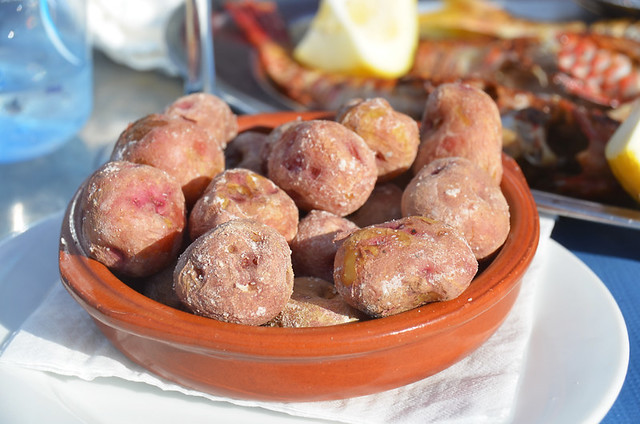

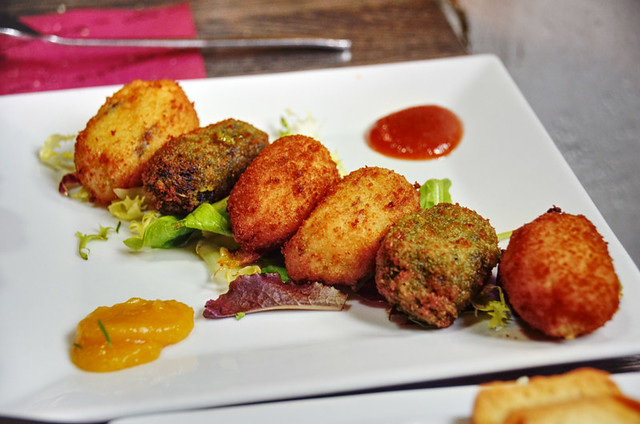
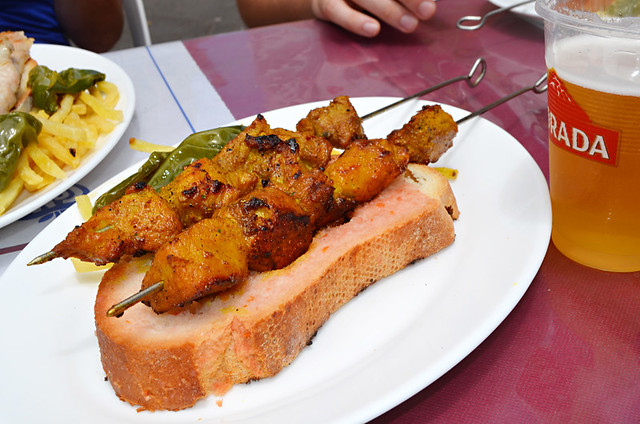
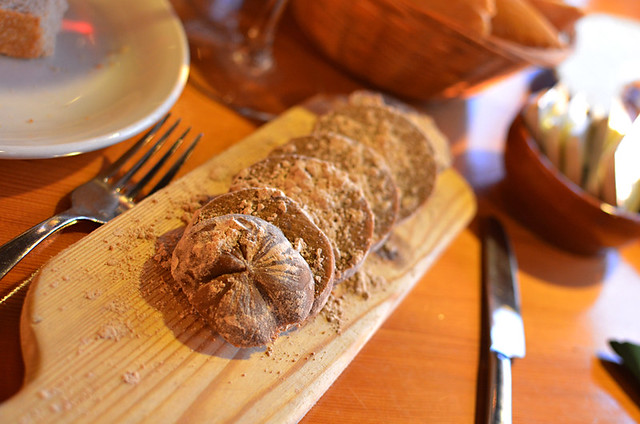
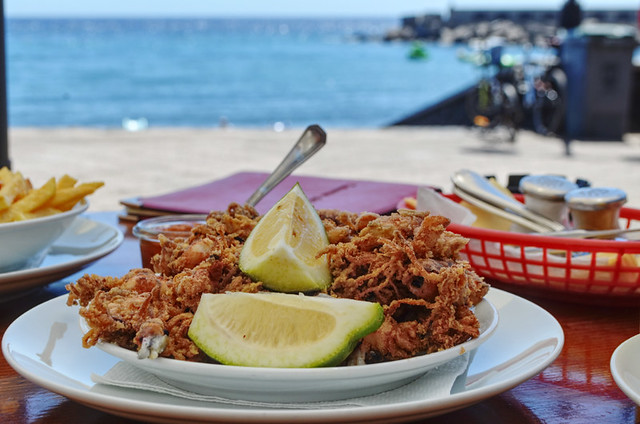

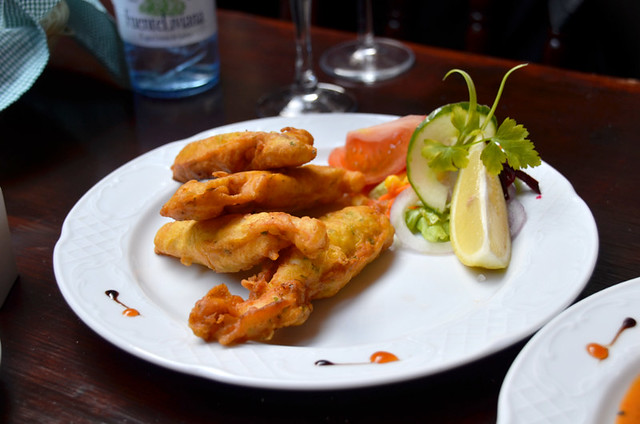

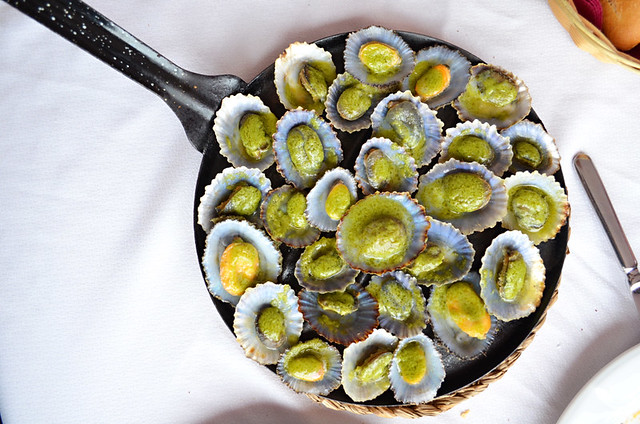



Be the first to comment